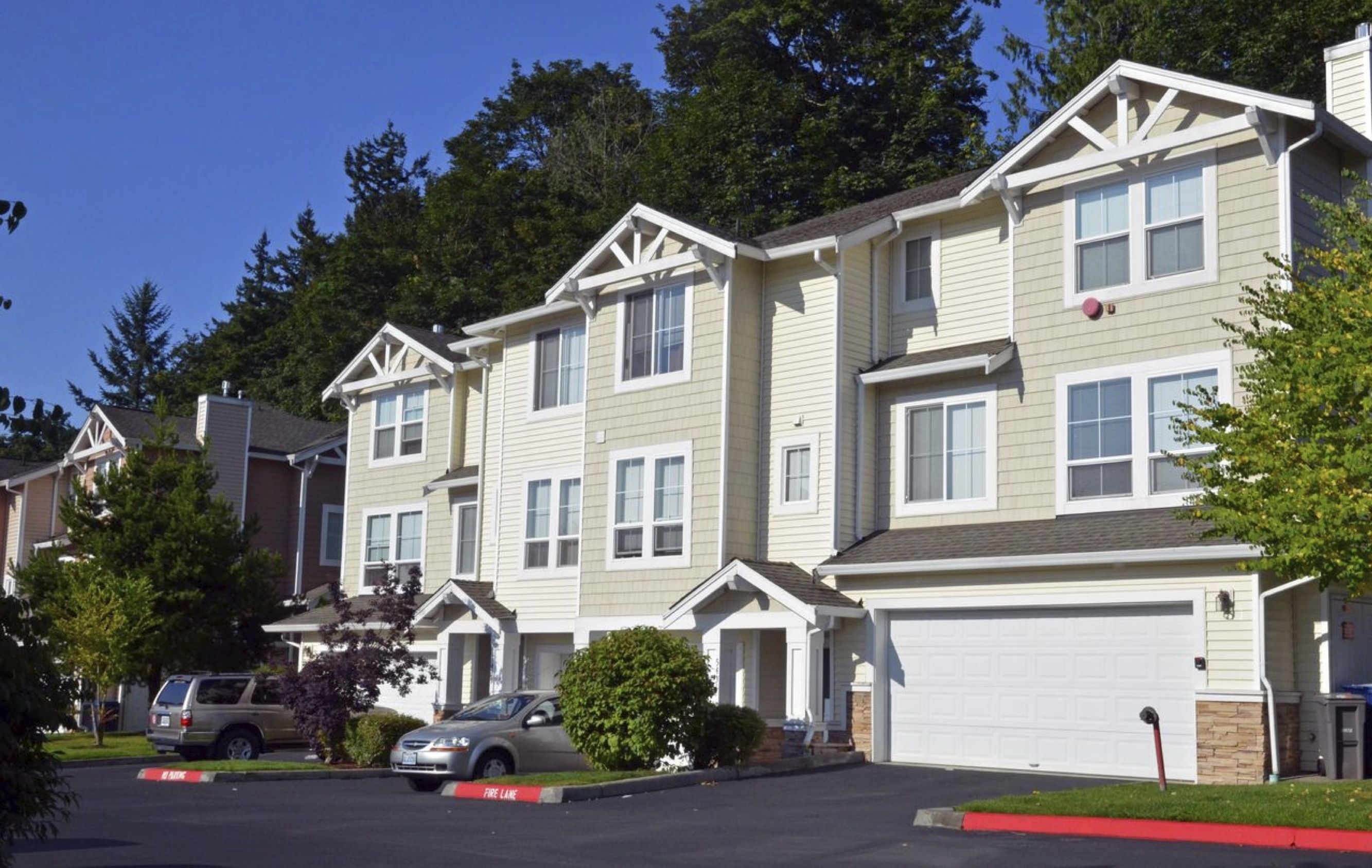
Housing Preservation
At a Glance

Type: Development type
Where tool is used: Residential neighborhoods, downtowns/transit corridors
Timeline: Medium-term
Who implements: Jurisdictions, Developers
Preservation refers to retaining existing affordable housing, whether subsidized or market-rate, and protecting its affordability for current and future tenants. Affordable housing preservation is essential to meeting a community’s affordable rental housing needs. While housing preservation can include a broad range of actions, two main areas are preservation of subsidized affordable housing and preservation of market-rate affordable housing.
Subsidized Affordable Housing
Federally subsidized, privately owned rental housing provides reduced-rent units to low and moderate income households. Through contracts with the CA Department of Housing and Community Development (HCD), private multifamily property owners receive subsidized mortgages or rental subsidies in exchange for renting some or all of their units to low-income tenants at affordable rents (generally, no more than 30% of income).1 Once these contracts expire (often after 20 or 30 years, depending on the program), owners have the option to exit the program and convert the property to market-rate. In expensive housing markets like San Mateo County’s, owners have a strong incentive to opt out of federal assistance programs and upgrade their units. In this context, preservation is action to extend or renew the federal subsidy and low-income restrictions to preserve affordability long-term. It requires a proactive approach to identify and address potential “opt-out” properties before their contracts expire. Preservation often includes outreach and education by local housing agencies to property owners, and sometimes providing additional incentives for continued participation.
Market-Rate Affordable Housing
For market-rate affordable units (those without any subsidy and income restriction), rapid price increases in the local rental market put these “naturally-occurring” affordable units at risk, and tenants can face significant rent increases or evictions. Market-rate affordable units can be preserved through action by a local government, affordable housing developer, or other entity to acquire a property and apply subsidies to preserve it for long-term affordability.
In June 2016, the San Mateo County Board of Supervisors approved the creation of the Affordable Rental Housing Preservation Program (ARHPP) and funded it with $10 million in Measure A funds to provide loans to developers for the acquisition and preservation of market-rate affordable housing. Under the program, developers will apply rent restrictions, maintaining affordability for a minimum of 30 years. Previously, the Board of Supervisors invested nearly $4 million for the rehabilitation and preservation of a 9-unit building in Pacifica and a 16-unit building in San Mateo.

Key Benefits
- Preservation of affordable units protects valuable community infrastructure and tenants who may otherwise be forced to move.
- In the case of federally-assisted affordable housing, preservation protects billions of taxpayer dollars already invested in affordable rental housing.

Community Considerations
- Due to high land and development costs and restrictive land use regulations in many communities, it is extremely difficult and expensive to build rental housing for very low income families. Preservation of existing affordable units is necessary to prevent the housing gap from increasing even further.
- The overall cost to preserve existing affordable housing tends to be significantly lower than constructing new affordable housing. However, the preservation costs to local governments may actually be higher due to more limited state and federal funding sources for preservation, compared to new construction, which significantly leverages local money with tax credit dollars.

Community Engagement Strategies
- Educate your community: Provide statistics comparing sample cost to preserve existing affordable housing v. cost to build new affordable housing.
